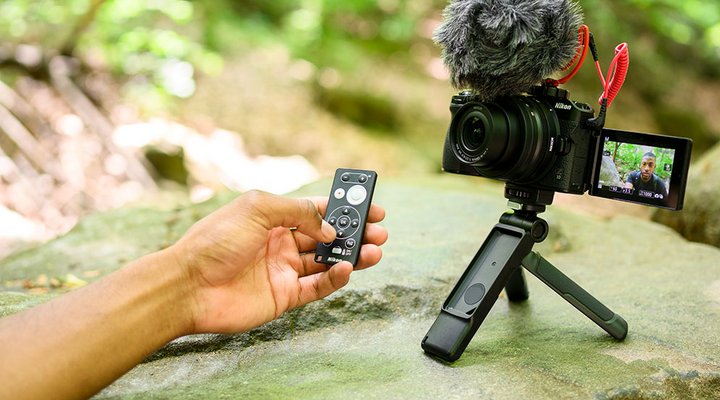So you’ve got your hands on a camera, a story to tell, and a burning desire to share it with the world. Excellent! But before you hit record, there’s one crucial element to consider: your filming setup. It’s not just about the fanciest equipment (although that can help); it’s about understanding how to use camera angles and shot composition to captivate your audience and elevate your storytelling.
In this guide, we’ll delve into the fascinating world of visual language, exploring:
- The Power of Camera Angles:
- Shot Composition Techniques:
- Creating Visual Impact:
- Putting it All Together:
By the end, you’ll be equipped with the knowledge and tools to transform your basic footage into mesmerizing masterpieces.
The Power of Camera Angles
Think of the camera angle as your narrator’s voice. It whispers in the viewer’s ear, guiding their attention and shaping their understanding of the scene. Let’s explore some common angles and their effects:
- Eye Level: This neutral angle puts the viewer on equal footing with the subject, creating a sense of intimacy and realism.
- High Angle: Looking down on the subject creates a sense of powerlessness, vulnerability, or even humor. Imagine a child looking up at a towering giant.
- Low Angle: Tilting the camera up makes the subject appear powerful, dominant, or even intimidating. Think of a superhero landing from a jump.
- Dutch Angle: Tilting the camera at an angle off-axis can create a sense of unease, disorientation, or even chaos. It’s a powerful tool for building tension or depicting psychological distress.
Shot Composition Techniques
Now that you’ve chosen your angle, it’s time to arrange the elements within the frame. Here are some composition techniques to consider:
- Rule of Thirds: Imagine dividing your frame into nine equal squares. Placing your subject at the intersection of these lines creates a more balanced and pleasing composition.
- Leading Lines: Use natural lines in the environment, like roads, fences, or rivers, to draw the viewer’s eye towards the subject.
- Negative Space: Don’t be afraid of empty space around your subject. It can add emphasis and prevent the frame from feeling cluttered.
- Depth of Field: A shallow depth of field (blurred background) can isolate your subject and draw focus, while a deep depth of field keeps everything in focus, creating a sense of context.
Creating Visual Impact
Beyond technical considerations, remember to imbue your shots with emotional weight and visual intrigue. Here are some tips:
- Lighting: Use light to create mood, atmosphere, and drama. Experiment with natural light, artificial light, and shadows.
- Color: Pay attention to the colors in your frame. A vibrant palette can energize the scene, while a muted one can evoke a sense of melancholy.
- Movement: Use camera movement, like pans, tilts, and zooms, to add dynamism and guide the viewer’s attention.
- Sound: Don’t neglect the power of sound! Music, dialogue, and ambient noise can all add emotional depth and context to your visuals.
Putting it All Together
Remember, there are no hard and fast rules in filmmaking. Experiment, break the rules, and find what works for you and your story. The key is to be intentional with your choices and use camera angles and shot composition to guide the viewer’s emotional journey.
Bonus Tip: Watch movies and TV shows with a critical eye. Analyze the camera angles, shot composition, and lighting choices. How do they contribute to the story and evoke emotions? The more you observe, the more your own visual vocabulary will grow.
With dedication and practice, you’ll master the art of filming setup and transform your videos from simple recordings into captivating cinematic experiences. So grab your camera, embrace the power of visual storytelling, and go create something that wows the world!

